Custom food packaging is packaging that’s designed just for your business; it helps show off your brand every time a customer takes a bite or shares a photo.
Want your food business to stand out, attract more customers, and leave a lasting impression? This article will show you how custom packaging can do just that, whether you run a local food truck or a nationwide restaurant chain.

The Value of Custom Food Packaging In a Competitive Market
Good packaging always makes a strong first impression. A well-designed wrapper or box with your logo, brand colors, and message shows that you care about quality. It also helps customers remember your business, especially if they share photos on social media or recommend your food to others. That kind of exposure is free marketing, and it works.
Custom packaging also helps build trust. When customers see clean, sturdy, and attractive packaging, they feel like they’re getting something worth their money. It adds to the experience, whether they’re eating at home or on the go. That extra level of care encourages loyalty and increases the chance that they’ll choose you over a competitor next time.
Besides, different businesses have different needs.
A food truck might need branded paper wraps and portable containers, while a bakery may use printed boxes and labels. A restaurant might focus on sturdy takeout bags, and franchises often need uniform packaging across all locations. No matter the size of your business, there’s a custom packaging option that fits your style and budget.
Done right, it can help your food look better, travel better, and sell better.
Reinforcing Your Brand Identity with Every Box, Wrapper, and Label
When people see your boxes, wrappers, or labels, they should instantly recognize your business. That’s the power of strong design.
This is especially important in the food industry, where people have so many options. Every time someone sees your logo or colors, it’s a reminder of your business and the good experience they had.
Here’s how packaging design helps build your brand:
- Logo
Put your logo where it’s easy to see. A clear, professional logo helps customers recognize your brand right away. - Brand Colors
Use the same colors across all your packaging. Colors play a big role in how people feel and remember a brand. Think about how certain fast-food chains are known for red, yellow, or green. - Fonts and Text Style
Use fonts that match your brand’s personality, whether fun, modern, classic, or bold. Keep them readable and consistent. - Slogans or Taglines
Include a short phrase that tells people what you’re about. A good slogan sticks in people’s minds and adds personality to your brand. - Custom Patterns or Artwork
Custom illustrations, icons, or repeating patterns make your packaging feel more unique and memorable. - Tone and Voice
The words you use matter. Whether it’s friendly, witty, or straightforward, your packaging should sound like your brand. - Packaging Shape and Material
Even the shape, size, and feel of your box or wrapper can send a message. Eco-friendly materials can show you care about sustainability, for example.
Each element works together to tell your brand’s story. Over time, customers begin to connect these visuals with the taste and quality of your food. This helps build loyalty and keeps you top of mind the next time they’re hungry.
How Custom Packaging Can Be Both Creative and Compliant
Custom food packaging isn’t just about being creative. Doing it right keeps you compliant with industry regulations, whether you’re operating a restaurant, food truck, or a nationwide franchise.
1. Follow label rules clearly
According to the Federal Trade Commission (FTC), there is certain information required on packaging, including:1
- Product identity (what it is)
- Manufacturer/distributor name and address
- Net quantity (in metric + U.S. units)
2. Include mandatory ingredient information
- Lists must show ingredients in order of weight, using common names.
- Major allergens, like milk, eggs, peanuts, wheat, soy, must be clearly labeled, either in the ingredient list or in a separate “Contains” statement, as per the Food and Drug Administration’s (FDA’s) guidelines.2
3. Show nutrition facts when needed
- Packaged foods often need a Nutrition Facts panel and must follow the Food and Drug Administration’s (FDA’s) Nutrition Labeling and Education Act of 1990.3
4. Prepare for front-of-package labels
- Starting April 2025, the FDA requires special “healthy” labels to include key food groups and stay within limits for saturated fat, sodium, and added sugars, in line with current nutrition science and labeling guidelines, mostly for large food producers.4
Custom packaging that balances good design with clear, regulated information helps your brand shine and keeps you compliant and moving.
How to Get Started with Your Custom Packaging Order
Getting custom food packaging may sound complicated, but it’s a simple step-by-step process. The key is knowing what you need and working with the right print partner.
Here’s how to get started:
1. Determine What You Need
What is the type of food you’re serving, and how will it be packaged? Do you need sandwich wrappers, burger boxes, coffee cups, or product labels? Each type of food may need different packaging shapes, sizes, or materials.
2. Define Your Brand Look
Decide what you want your packaging to say about your brand. Choose your logo, brand colors, fonts, and messaging. This helps make your packaging look professional and consistent across all products.
3. Set a Budget and Quantity
How many units will you need? Ordering in bulk can help lower the price per piece. Think ahead about busy seasons or promotions when your packaging needs might grow.
4. Select the Right Material
Select food-safe materials that match your values, like recyclable, compostable, or grease-resistant options. The right material keeps food fresh and helps your brand look good.
5. Review Legal Requirements
Make sure your labels include anything required by law and industry regulations, such as ingredients, allergens, net weight, and company information. This ensures legal accuracy and helps customers feel safe buying from you.
At The Printery, we make it easy to create custom food packaging that fits your brand and meets industry standards. From high-quality printing to a wide selection of materials and finishes, we help you turn your ideas into packaging that works.
To get started, just reach out for a free quote, send us your design or brand details, and we’ll handle the rest.

Sources:
- FTC. (2013, December 12). Fair Packaging and Labeling Act: Regulations Under Section 4 of the Fair Packaging and Labeling Act. Federal Trade Commission. https://www.ftc.gov/legal-library/browse/rules/fair-packaging-labeling-act-regulations-under-section-4-fair-packaging-labeling-act
- Nutrition, C. for F. S. and A. (2022, November 29). Guidance for Industry: Questions and Answers Regarding Food Allergen Labeling (Edition 5). U.S. Food and Drug Administration. https://www.fda.gov/regulatory-information/search-fda-guidance-documents/guidance-industry-questions-and-answers-regarding-food-allergen-labeling-edition-5
- H.R.3562 – 101st Congress (1989-1990): Nutrition Labeling and Education Act of 1990. (2020). Congress.gov. https://www.congress.gov/bill/101st-congress/house-bill/3562
- Human Foods Program. (2024). FDA Finalizes Updated “Healthy” Nutrient Content Claim. U.S. Food and Drug Administration. https://www.fda.gov/food/hfp-constituent-updates/fda-finalizes-updated-healthy-nutrient-content-claim



